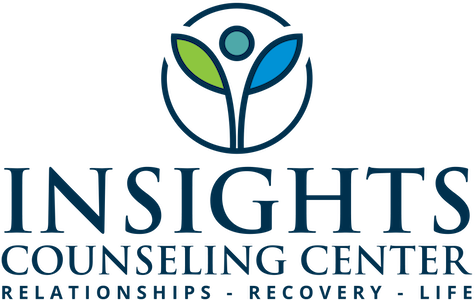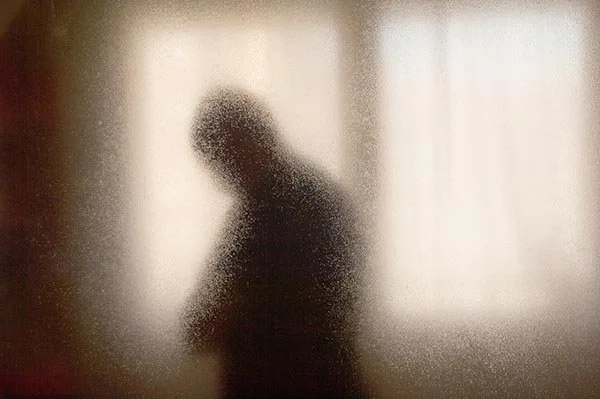
Trauma Therapy
Healing What Happened—And How It Still Lives In You
When people think of trauma, they often picture a single, catastrophic event. But many of the clients we work with are carrying wounds that didn’t come from one moment. They came from a pattern—of being dismissed, silenced, manipulated, abandoned, or violated.
Trauma can come from childhood, from adulthood, from a relationship that changed everything, or from years of never really feeling safe.
Whether your trauma is something you’ve spoken about for years—or something you’re just now naming—we want you to know:
You don’t have to carry it alone. And you don’t have to keep managing symptoms that were never the real problem to begin with.
What Trauma Can Look Like
People show up to trauma therapy for all kinds of reasons. You might be wondering if what you experienced even counts as trauma. You might feel “crazy” or “too sensitive” for not being over it. You might have tried to talk about it before and ended up feeling more misunderstood than helped.
Here’s what we want you to know: trauma is not just what happened.
It’s what it taught you about yourself.
What it wired your nervous system to expect.
And how it shaped your view of safety, relationships, and control.
You may be dealing with:
Intrusive thoughts, flashbacks, or nightmares
Anxiety that feels unpredictable or disproportionate
A critical inner voice that never lets you rest
Emotional numbness or shutdown in moments that “should” feel safe
Shame you can’t explain
Avoidance of people, places, or memories
Difficulty trusting others—or yourself
There Is Hope For Healing; Send Us A Message!
Types of Trauma We Treat
We work with a wide range of trauma experiences. Some are rooted in childhood. Some come from adult relationships. Some are connected to faith, identity, or sexual experience. Others stem from a single event that changed everything.
At Insights, we hold space for:
Relational Trauma
Emotional neglect, parentification, or attachment wounds
Coercive control, gaslighting, or ongoing invalidation
Family systems marked by fear, enmeshment, or power imbalances
Sexual Trauma
Childhood sexual abuse or assault
Coercion, boundary violations, or manipulation in sexual relationships
Shame and dissociation around sex or the body
Sexual healing after trauma (often cross-linking to our Sex Therapy work)
Developmental and Complex Trauma
Adverse childhood experiences (ACEs)
Growing up with chronic stress, instability, or unsafe caregivers
Feeling like you had to be the “adult” in your home—or disappear to survive
Single-Incident and PTSD
Car accidents, sudden loss, or violent encounters
Medical trauma or chronic illness
Natural disasters, mass violence, or witnessing harm
Betrayal Trauma
Infidelity, secrecy, or disclosure shock
Patterns of deception or boundary-breaking in intimate relationships
See more on our Betrayal Trauma page
Religious and Spiritual Trauma
Experiences of shame, exclusion, or identity suppression in faith communities
Recovery from high-control or purity-based religious systems
Addiction-Linked Trauma
Trauma that led to addiction—or trauma created by it
Rebuilding a sense of self after sobriety begins
Navigating trust and safety in relationships affected by substance or behavior use
How We Help
Our therapists are trained in trauma-specific methods that support both emotional processing and long-term nervous system repair. We’ll move at a pace that feels right to you—helping you understand what happened, how it shaped you, and how to build a life that feels different.
We integrate:
EMDR (Eye Movement Desensitization and Reprocessing)
A gold-standard trauma protocol that helps the brain reprocess distressing memories.Brainspotting
A powerful method using eye positioning to access and release trauma stored in the brain and body.Neurofeedback
A noninvasive brain training method that supports regulation, focus, and recovery from trauma-related symptoms. Especially helpful when talk therapy alone isn’t enough.CBT-TF (Cognitive Behavioral Therapy for Trauma-Focused Care)
Evidence-based therapy to identify trauma-related beliefs and build healthier thought patterns.Psychoeducation and skills for emotional regulation
Understanding your nervous system, learning to feel safe again, and practicing tools to calm what feels out of control.Attachment-based and relational approaches
Because trauma happens in relationship—and healing does too.
Recent Posts
Not Sure If You Belong in Trauma Therapy? You’re Not Alone
What happened was in the past—shouldn’t I be over it by now?
This is one of the most common thoughts trauma survivors have. You may wonder if your pain is valid, especially if others had it “worse,” or if your trauma wasn’t life-threatening. But trauma isn’t about how dramatic the event was—it’s about the impact it had on you.
You deserve support if it still affects how you feel, relate, think, or function.
Other people were involved or responsible—they’re the ones who need to change.
That might be true. But healing isn’t about excusing others—it’s about reclaiming your own sense of safety, agency, and worth. According to trauma-informed care principles, your nervous system holds on to survival strategies long after the threat is gone. Therapy isn’t about fixing someone else—it’s about freeing you to live in the present, not the past.
I don’t want to be told I’m broken or that I need to “let it go.”
We understand. Our approach is never pathologizing. We won’t label you, blame you, or rush your process. We know that many trauma survivors have already been shamed or silenced—and we are here to offer something radically different: safety, compassion, and real tools for healing.
I haven’t told anyone about this. I wouldn’t even know where to begin.
“I’ve never said this out loud before” is something we hear all the time. It takes courage to open up about painful experiences, especially when you’ve kept them hidden for years—or have been told to keep quiet. But we’ve found again and again that when people begin to speak the truth of what happened, the weight begins to lift.
You don’t have to keep carrying this alone. Whether your trauma is something you’ve named for years or are just now beginning to understand, we’re here. This can be the place where healing starts.
You Don’t Have to Do This Alone
You don’t have to “get over it.” You don’t have to explain it perfectly. You don’t have to fit a specific trauma mold.
If something in you still hurts—still braces, still grieves, still flinches—we’re here to help you make sense of that.
And to walk with you as you learn to trust again. Including yourself.
To find out more about how we can help or to get started, please email us or contact us here.





